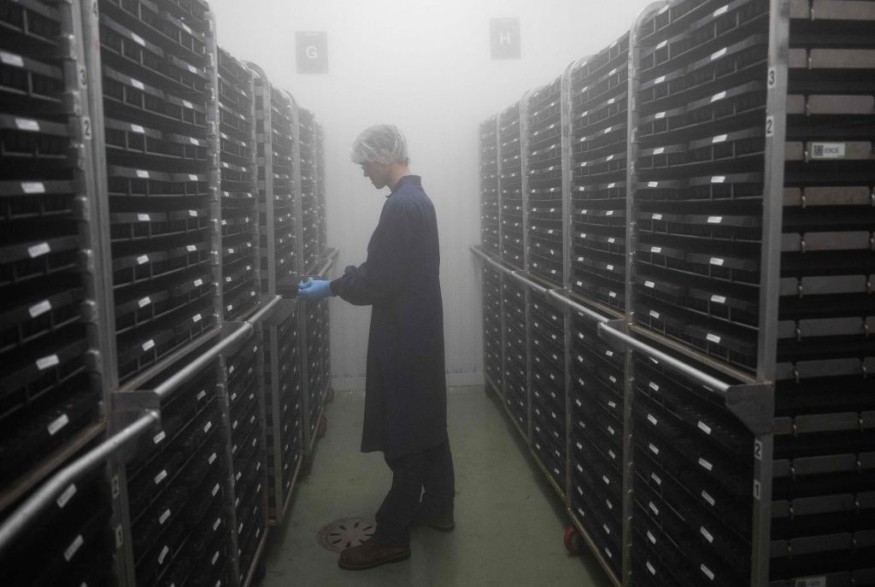The recent report discovered a 144-year-old rare hybrid plant that has the potential to grow. The researchers explained that the plant is still viable to grow in soil.
The research study findings were published in the American Journal of Botany. According to reports, Dr. William Beal buried about 20 bottles of seeds at the Michigan State University in 1879.
Understanding the seed longevity is essential in the potential conservation and restoration efforts of seeds and plans, especially due to the effects of climate change and extreme weather events.
Seeds, plants and trees are also threatened by rising temperatures, making them more vulnerable to threats and health decline. According to the report, the increase in temperatures can become stressful for crops that could require more water consumption to survive.
144 Years Old Seeds Show Rare Hybrid Plant

In April 2021, the researchers unearthed the 16th bottle. Experts tried to germinate the 141-year-old seeds, considering the plant's vegetative needs.
When the seeds underwent bottle experimentation, the report highlighted that Beal wanted to understand the seed's long viability and soil viability. The idea could help farmers in their crop production. The said bottle included about 50 seeds from 23 weed species.
At first, the experiment began by excavating every five years. However, Beal thought of prolonging it to 10 years and then 20 years. The bottles are expected to be fully unearthed by 2100.
After the seeds were excavated, they underwent genomic DNA to determine the plant species. According to the report, the researchers uncovered one hybrid of Verbascum blattaria, Verbascum thapsus and Verbascum blattaria.
In the research, the researchers germinated about about 22 seeds in the 244-day assay. Amazingly, the first eight seeds managed to germinate in the first 11 days.
- 20 seeds were from the Verbascum genus
- 19 from the V. blattaria
- 1 from the V. blattaria x thapsus
Furthermore, the findings can understand seed survival in natural conditions. Experts highlighted that it provides new insights into the ecosystem and conservation efforts in plants, especially due to the effects of climate change.
However, the experiment showed that most seed species lost viability to grow in the first 60 years. The Verbascum seeds are capable of germinating for longer years.
Also Read : 3 in 4 Undescribed Vascular Plants At Risk of Extinction Amidst Threats of Climate Change, Habitat Loss
Seed Banks: Why Are They Important?
Seed banks are crucial to protect the future of plants from various threats. They are stored and conserved to avoid the major concerns of climate change.
At the Key's Millennium Seed Bank, there are about 98,000 seed collections that could become helpful during biodiversity, food crises, or plant extinction.
In addition, essential medicinal plants are also affected due to plant extinctions and habitat loss. The effects of extreme weather events can make it more challenging for them to thrive.
Related Article : Essential Medicines Likely to Suffer From Plant Extinctions Due To Habitat Loss, Report Warns
For more similar stories, don't forget to follow Nature World News.
© 2025 NatureWorldNews.com All rights reserved. Do not reproduce without permission.





